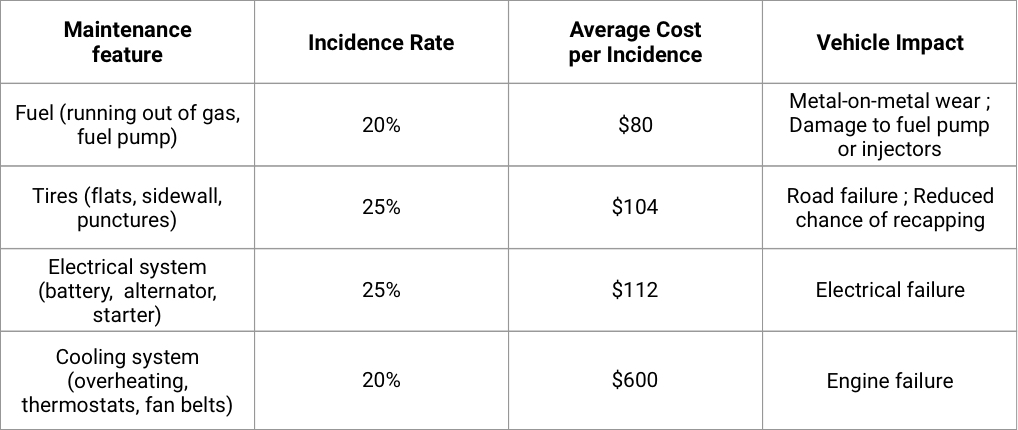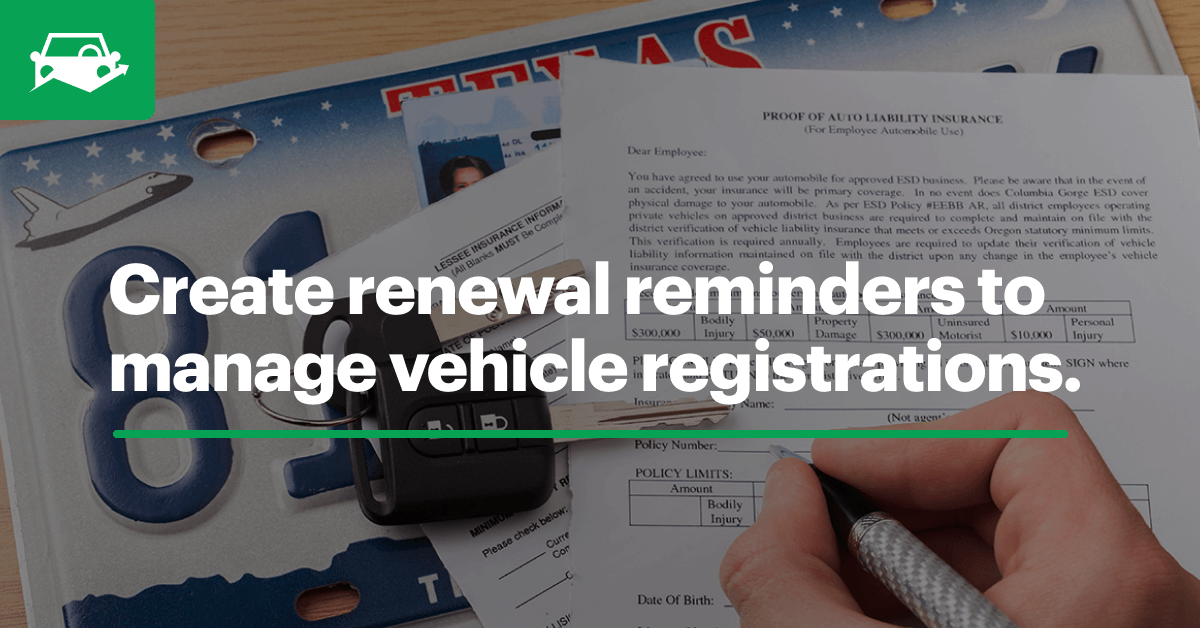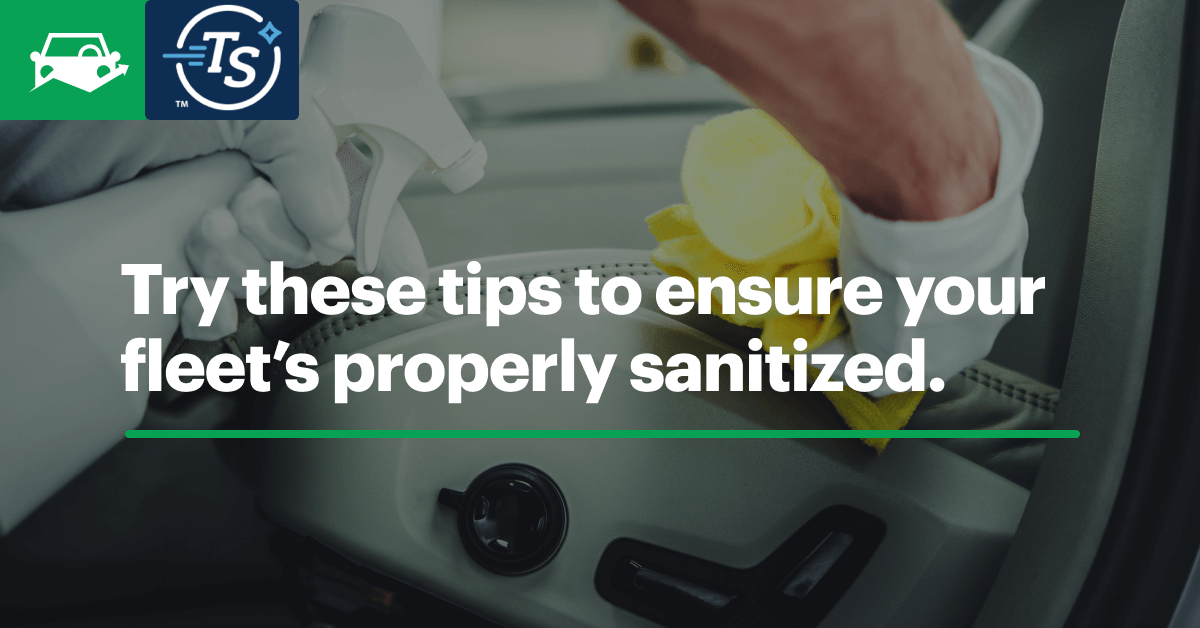Every fleet manager agrees that inspections are key to maintaining a functioning fleet. In day-to-day operations, however, pre-trip inspections are often rushed through or not completed at all. So, how does skipping a pre-trip inspection impact the fleet and how can fleet managers encourage drivers to inspect fleet vehicles regularly?

Impact on the fleet
1. Reduced Vehicle Lifespan
One costly disadvantage of not performing regular inspections is that the lifespan of the vehicle greatly decreases. Thus, the ROI for fleet vehicles is reduced and the vehicles must be replaced, requiring a significant monetary investment, sooner than expected.
2. Drivers Prosecuted for Negligence
Fleet drivers can be directly impacted when disregarding inspections. Drivers can be prosecuted for negligence if they drive a vehicle knowing it is flawed, creating an unreasonable risk to others.
3. Reduced Fleet Up-time
Vehicles improperly inspected often experience unexpected breakdowns and constantly require repairs.
For example: One Fleetio customer, Zerorez, experienced inspection issues where fleet technicians marked vehicle inspection items as “passed” without actually checking the vehicles. As a result, Zerorez only had enough vehicles to fulfill its routes 82% of the time, which led to lost business and cost the fleet $1,500-$2,000 per vehicle per day. It’s no surprise that poorly maintained vehicles spend more time in the shop than on the road.
The table below categorizes common vehicle maintenance issues according to incidence rate and average cost.

Source: Chapter 6: Vehicle Maintenance, pp. 99 - 101, Fleet Management, John E. Dolce
Every fleet should aim to follow the Golden Rule, in which planned maintenance comprises 70% of total maintenance time and unplanned maintenance comprises only 30% of the total time. Click to Tweet
Increasing driver participation
A few strategies for encouraging drivers to complete inspections thoroughly and consistently are:
1. Require Training
Ensure your drivers understand the importance of inspections. Fleet managers may assume this notion is understood, but it is not always the case. Include this teaching as part of drivers’ initial training.
Second, ensure that drivers know how the “health” of the vehicles impacts their earning potential. Vehicles in the shop mean less vehicles on the job, resulting in reduced fleet revenue and thus reduced profit for drivers. If drivers are aware of how inspections directly impact them, they will be influenced to inspect vehicles thoroughly.
2. Have Drivers Sign an Agreement
Fleet managers could require drivers to sign an agreement which outlines their responsibilities. This would ensure that the fleet manager and drivers are on the same page. Drivers would understand what is expected of them and would be held accountable if they did not maintain the signed agreement.
3. Care for Drivers
Care is a positive feedback loop. If the fleet manager expects drivers to care for fleet vehicles, the fleet manager should care for the drivers. This entails respecting the drivers and keeping their needs at the forefront of company operations. The drivers will feel cared for and in turn will be motivated to care for the fleet vehicles.
4. Provide an Incentive
Fleet managers tend to have mixed opinions about incentivizing drivers. Those who are pro-incentives find it effective to permit drivers to purchase their work vehicle at the end of the lease. Typically, the vehicle is cheaper than it would be from a dealer. If drivers know they can purchase their vehicle later on, they feel encouraged to keep the fleet vehicle well-functioning.
5. Adopt Efficient Electronic Inspection Software
Driver morale can remain low if they find the inspection process to be tedious and frustrating. Adopt an efficient electronic inspection software to make the the inspection process easier. Drivers will find their responsibilities more enjoyable and will be more inclined to complete them without cutting corners.
When it comes to completing pre-trip inspections and motivating drivers, learn how Fleetio Inspections can help!
Sources: Chapter 6: Vehicle Maintenance, Fleet Management, John E. Dolce
“How to Get Drivers to Take Better Care of Fleet Vehicles”, Automotive Fleet



